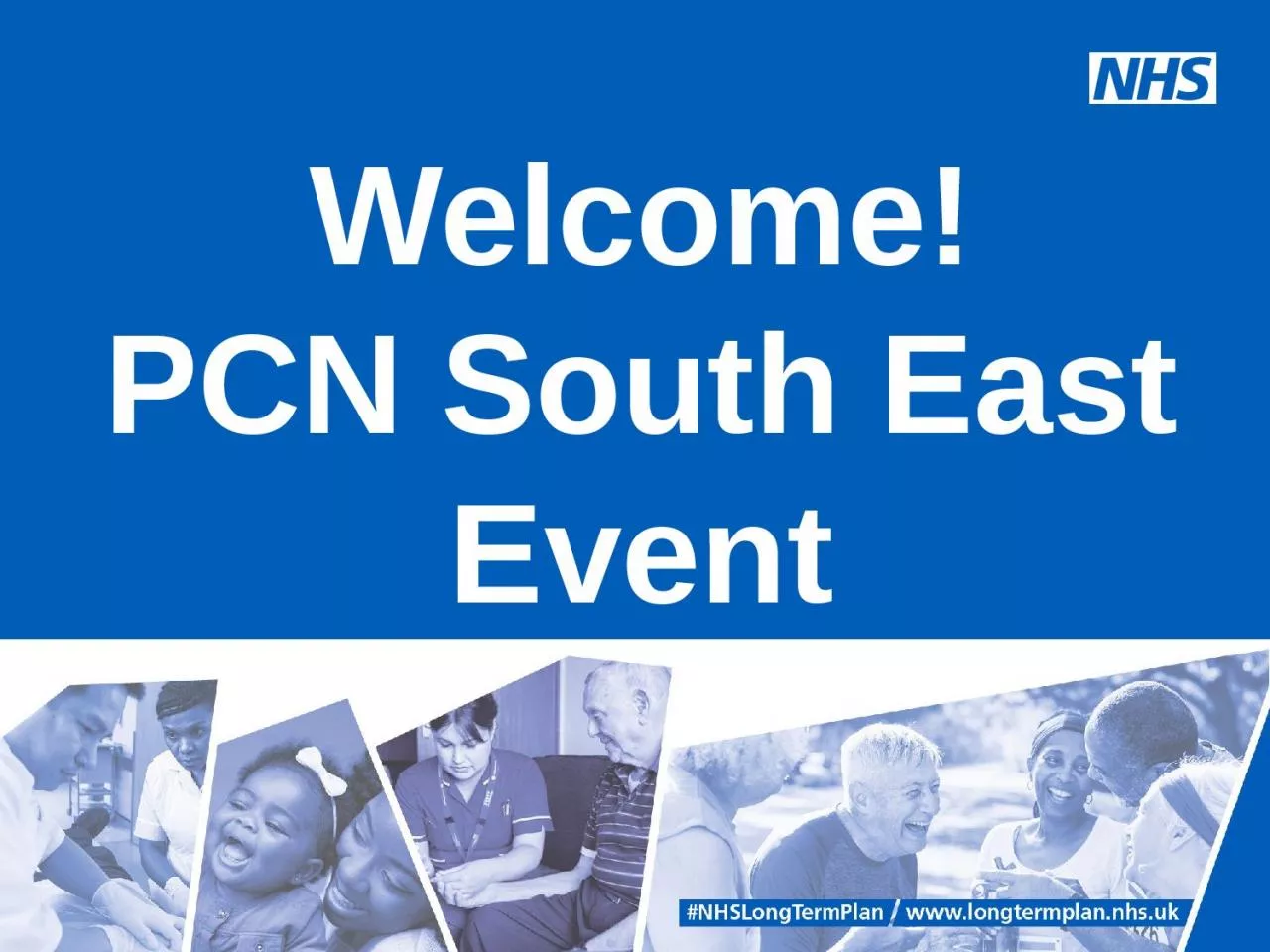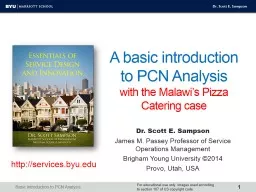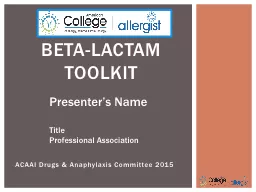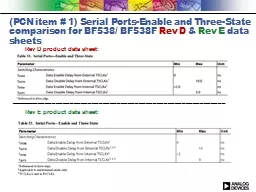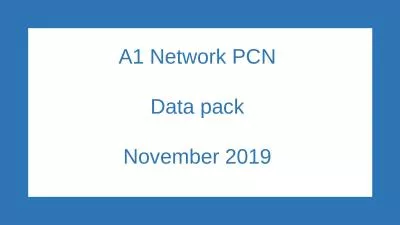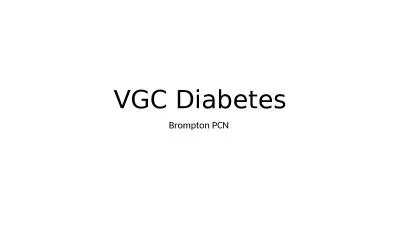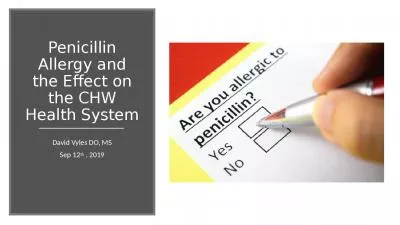PPT-Indemnity Welcome! PCN South East Event
Author : christina | Published Date : 2023-09-19
Indemnity Primary Care Networks The Contract Ed Waller National Director Strategy and Innovation NHS England Investment and evolution A five year framework for
Presentation Embed Code
Download Presentation
Download Presentation The PPT/PDF document "Indemnity Welcome! PCN South East Event" is the property of its rightful owner. Permission is granted to download and print the materials on this website for personal, non-commercial use only, and to display it on your personal computer provided you do not modify the materials and that you retain all copyright notices contained in the materials. By downloading content from our website, you accept the terms of this agreement.
Indemnity Welcome! PCN South East Event: Transcript
Download Rules Of Document
"Indemnity Welcome! PCN South East Event"The content belongs to its owner. You may download and print it for personal use, without modification, and keep all copyright notices. By downloading, you agree to these terms.
Related Documents

